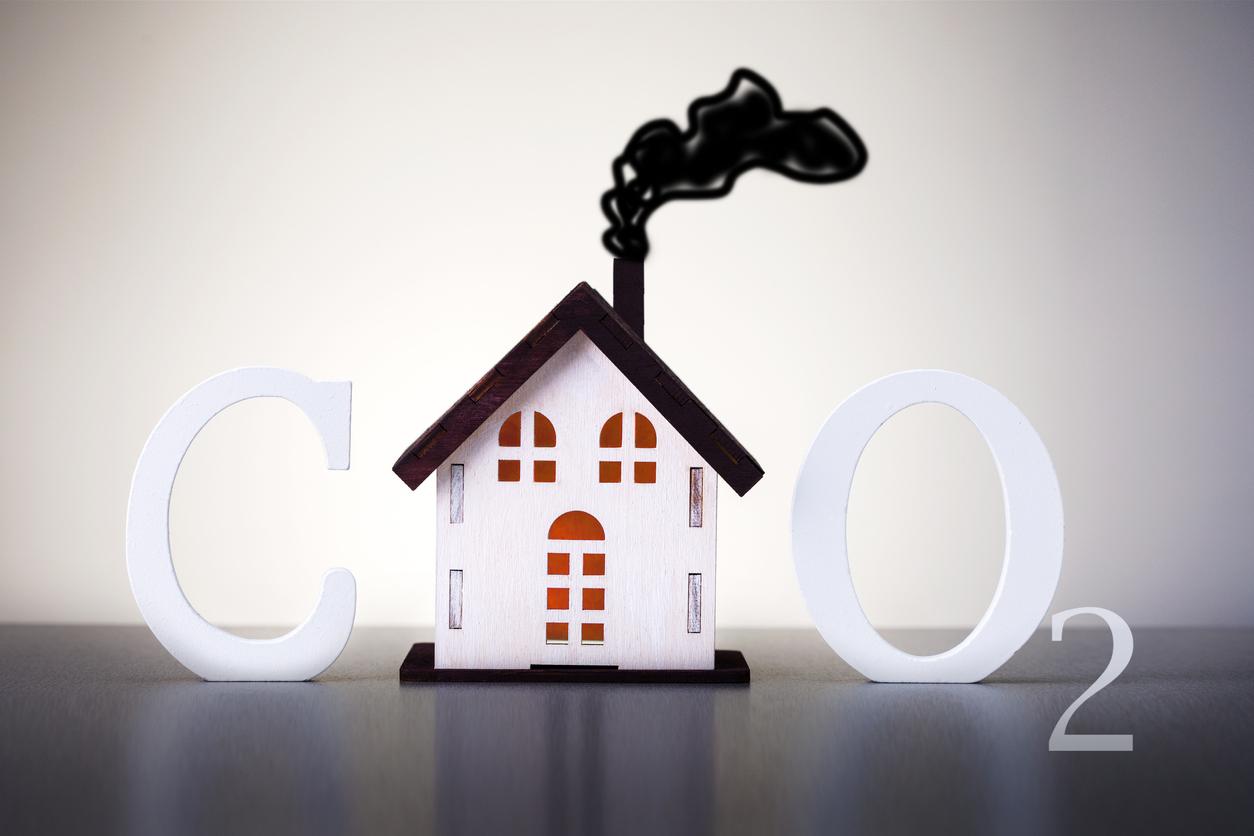Pour que le Canada atteigne son objectif de carboneutralité d’ici 2050, nous devrons moderniser l’ensemble du secteur de la construction, en réduisant les émissions des immeubles résidentiels, commerciaux et industriels de moitié environ d’ici 2030 et en les ramenant à zéro d’ici 2050. C’est une tâche colossale, qui nécessitera de tripler l’ampleur et le rythme actuels.
Joignez-vous à Susan McGeachie, chef, Institut pour le climat de BMO, qui anime ce balado spécial à l’occasion du jour de la terre en compagnie de Corey Diamond, directeur général d’Efficacité énergétique Canada, pour discuter d’une refonte du paradigme énergétique du secteur immobilier canadien en une génération.
Dans ce balado :
Pourquoi la modernisation du secteur de la construction au Canada doit être une mission nationale
Pourquoi le rôle du gouvernement est absolument indispensable pour décarboner l’immobilier canadien
Pourquoi un plan de modernisation doit tenir compte des 20 % de Canadiens qui vivent dans la pauvreté énergétique
Le changement de paradigme dans le secteur immobilier canadien et le plan en quatre étapes d’Efficacité énergétique Canada
Les mesures favorisant l’amélioration écoénergétique prévues au budget fédéral de 2022 du Canada
Pourquoi le Canada est sur la bonne voie pour atteindre la carboneutralité d’ici 2050
Sustainability Leaders podcast is live on all major channels including Apple and Spotify
